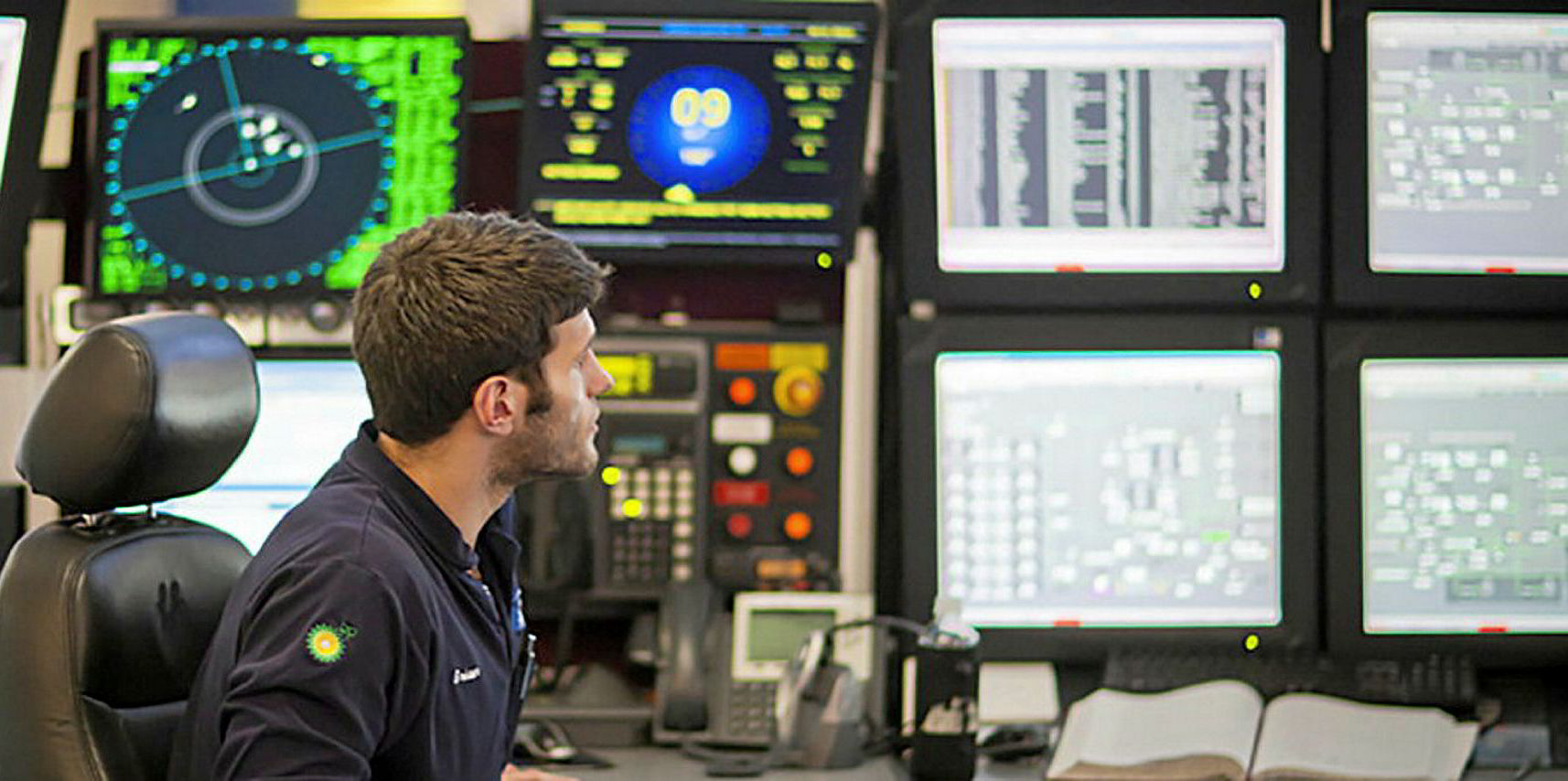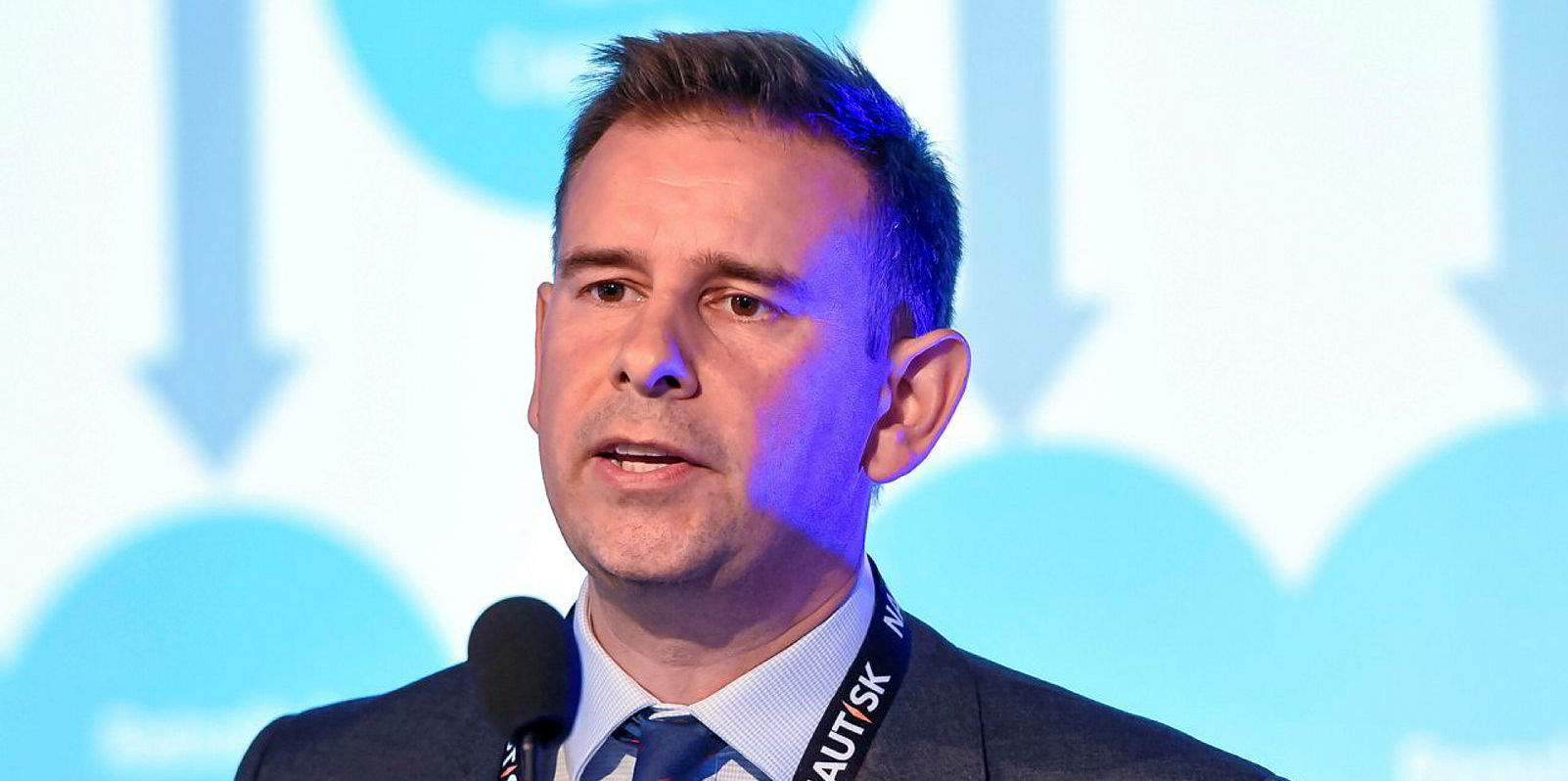Machine-learning platforms based on artificial intelligence are traditionally designed to help shipowners reduce fuel costs by optimising trading routes.
However, their relevance has been called into question during the coronavirus pandemic.
The outbreak has resulted in travel restrictions and changing shipping-demand patterns across the globe, significantly altering movements of cargo-carrying vessels and passengerships.
At the same time, bunker prices have collapsed as Russia and Opec have engaged in a price war after failing to reach a consensus on how to respond to lower oil consumption during the crisis.
Heightened uncertainty
Simon Whitford, chief operating officer of GreenSteam, a machine-learning platform operator, believes traditional vessel optimisation measures may not be sufficient amid such heightened market uncertainty.
“Rates are changing so dramatically, and fuel prices changing so dramatically, and demand can suddenly change dramatically,” he told TradeWinds.
“[If] suddenly rates are shooting up for some reason … you might suddenly find the cost of the bunkers is almost irrelevant and [want to] get the vessels utilised as quickly as possible.”
Whitford said his company's platform instead aims to allow users to “optimise the total costs of the voyages”, taking bunker costs, environmental factors and time-charter equivalent earnings into consideration.
This is to “help shipowners, charterers or cargo owners identify the most satisfactory outcome” even when market conditions change rapidly, according to Whitford.
Launched by three PhD students in 2007, GreenSteam has 60 staffers in Denmark and the UK, and runs an artificial intelligence-based platform that optimises operations for about 500 ships.
About 30% of the vessels it optimises are tankers, 30% bulkers, and 40% liners, such as ro-ro vessels, containerships and cruiseships.
DFDS and Unifeeder are among the outfit's major clients.
Optimisation model
With individual ship specifications, the platform would help optimise vessel operations based on 13 factors, Whitford said, including weather, sea state and air temperature.
“We can take each of those factors into our model,” he said. “We can then play that model forward with different environmental conditions, different rates, different fuel prices.”
Whitford also claimed the platform is a low-cost solution and that shipowners could easily recover their investments. “We've invested in a lot of technology to take data off the vessel in a cost-effective way,” he said.
Equipment costs are zero if a ship only transmits operating data daily, while installation for a two-channel data logger — which would enable more frequent data transmission — would amount to $5,000.
The average subscription fee for the platform itself is about $8,000 per year, according to Whitford.
“The fuel spend is normally something like five times that cost, so it's not a particularly difficult sell,” he said.
“It's a quick payback way to use the data, which your ship is probably collecting anyway, putting it through our platform, getting insights which then the crew can take action on. Before you know it, you've easily saved the cost of the investment, [which] is pretty modest.”








